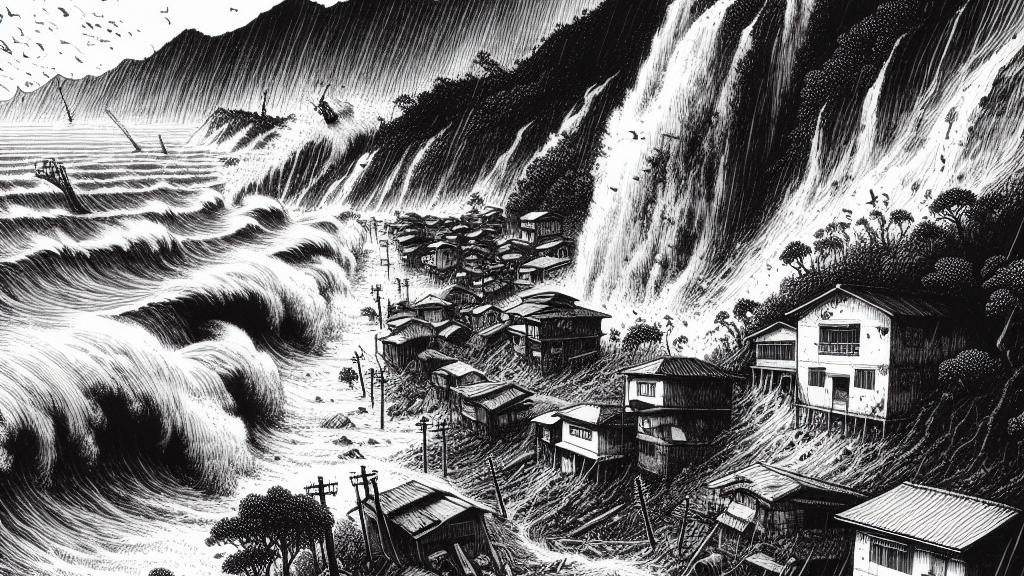Warnings Issued as Typhoon Bebinca Approaches Eastern China
Overview
- Typhoon Bebinca threatens landslide risks on Japan's Amami island.
- Severe rainfall expected as the typhoon nears China’s eastern coastline.
- Expected travel disruptions coincide with China’s bustling mid-autumn festival.

Typhoon Bebinca's Impact in Japan
On September 15, 2024, the beautiful Amami island community in southern Japan braced for Typhoon Bebinca, which was bearing down with alarming intensity. Winds howled, reaching up to 198 km/h, while heavy rainfall threatened to trigger dangerous landslides in the area. The Japan Meteorological Agency warned of the increased risk due to the soaked ground conditions, which could send torrents of mud and debris cascading down slopes. This situation is a stark reminder of the severe weather Japan frequently faces, intensified by climate change. Just last month, another powerful typhoon caused havoc, leading to a tragic loss of life. It is evident that preparation is key, as surrounding communities must always be on high alert for the threats posed by nature.
Potential Danger to Eastern China
As Typhoon Bebinca pushes toward Shanghai, projected to hit land in the early hours of September 16, 2024, anxiety ripples through eastern China. The storm is poised to unleash heavy rain just as millions embark on mid-autumn festival travels—a time when roads become packed and railways bustling. Experts predict that passenger traffic may skyrocket to 74 million this year. State authorities have swiftly responded, issuing heightened emergency alerts and temporarily suspending operations at crucial ports like Meishan in Ningbo-Zhoushan to protect both cargo and personnel. This proactive step reflects the gravity of the situation, laying bare the vulnerabilities during such a critical travel season.
Preparedness and Safety Measures
In these times of uncertainty, understanding the different levels of landslide warnings is paramount. Officials classify these into advisories, watches, and warnings, with each category signifying a different urgency. For example, a landslide advisory suggests a general risk of movement, while a landslide warning indicates that dangerous conditions are currently unfolding. As Typhoon Bebinca approaches, it becomes increasingly crucial for residents to stay aware of shifting weather patterns and be ready to act. By keeping a close eye on local reports, knowing evacuation routes, and preparing emergency kits, families can significantly enhance their safety. In moments of natural upheaval, being informed not only saves lives but also builds resilience, reinforcing the bonds of community as everyone works together against the common threat.

Loading...